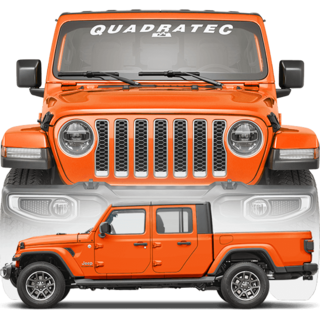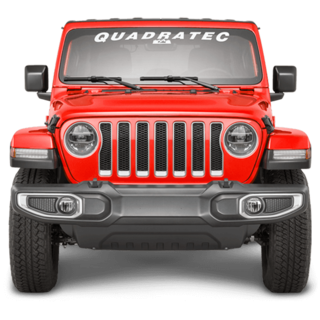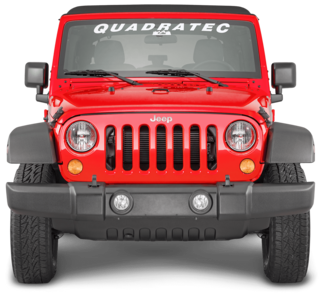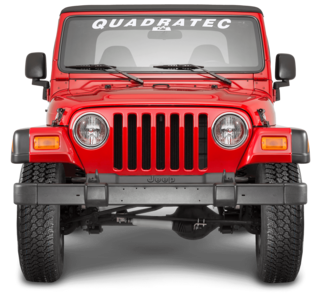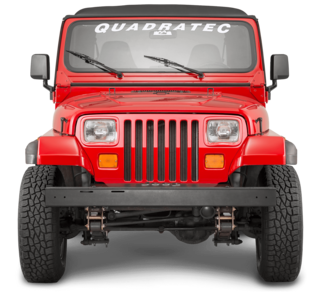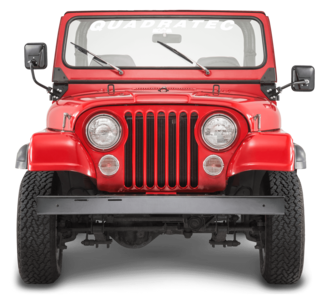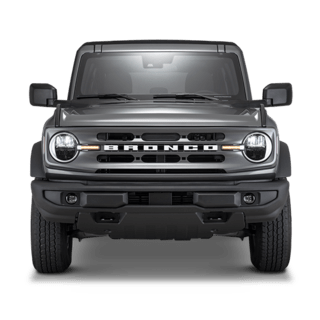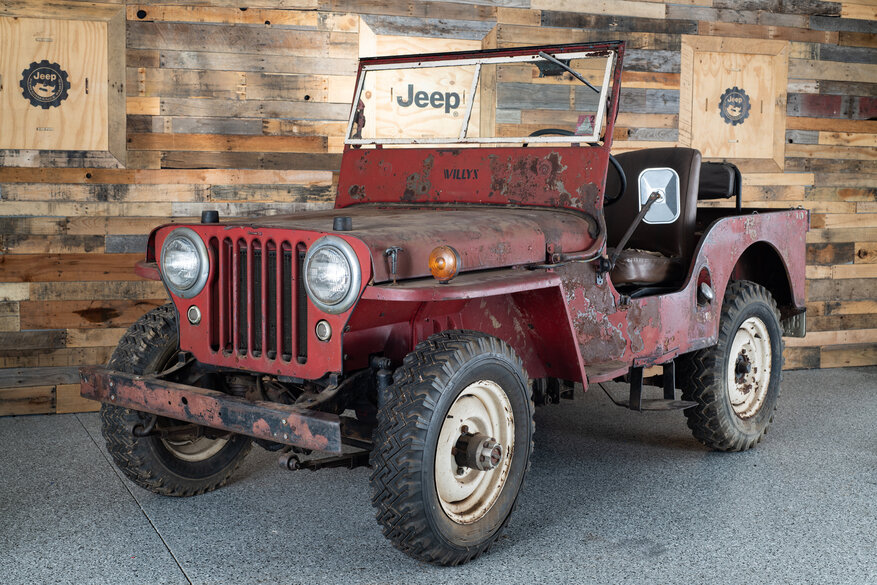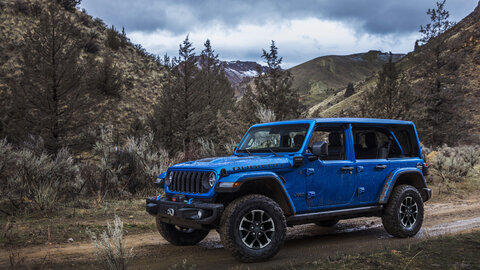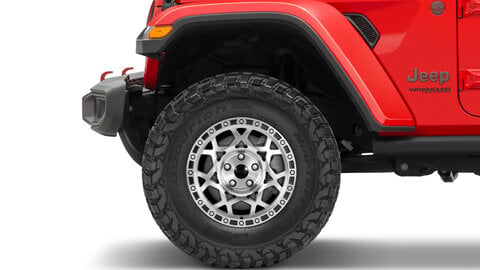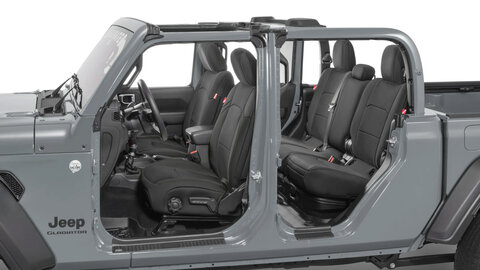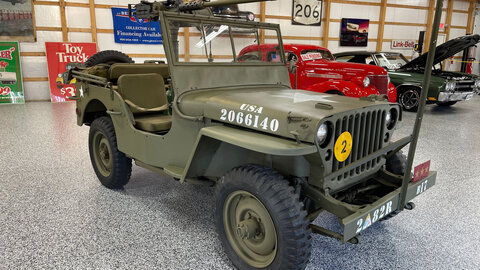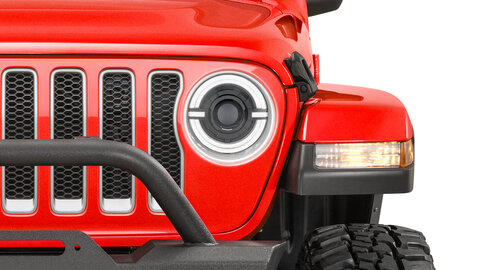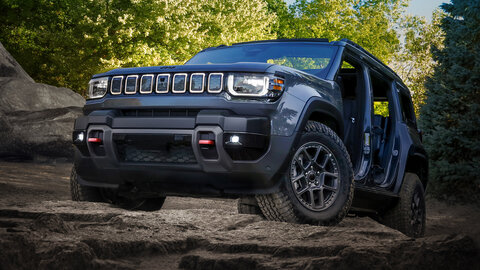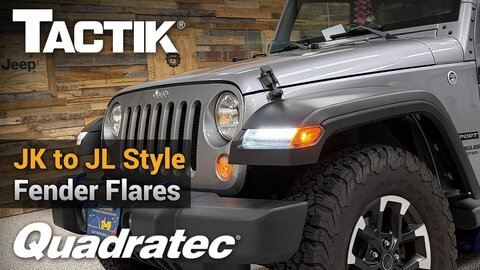by Torque Staff Report
This year marks a milestone not just in automotive history, but in the story of American resilience, innovation, and adventure. Eighty years ago, on July 17th, 1945, Willys-Overland introduced the world to the **Jeep CJ-2A**, the first civilian Jeep and a direct descendant of the battle-hardened Willys MB that helped the Allies win World War II.
The CJ-2A — short for ‘Civilian Jeep’ model 2A —represented a bold pivot from wartime utility to peacetime productivity. Though nearly identical in appearance to its military predecessor, the CJ-2A was equipped with key civilian upgrades: a tailgate, a side-mounted spare tire, and a driver’s side windshield wiper. Under the hood was the automaker’s legendary ‘Go-Devil’ 2.2-liter engine, a four-cylinder powerhouse that had already earned an impressive reputation on battlefields across the globe.
The CJ-2A was more than just a vehicle; it was also a symbol of postwar optimism. Willys-Overland marketed it as a ‘do-it-all’ utility truck for farmers, ranchers, and small-town tradesmen. The company promised the CJ-2A would replace the horse, tractor, and even the wheelbarrow. With its four-wheel drive, simple mechanics, and rugged build, the CJ-2A was equally at home plowing a field or exploring remote mountain trails.
During its production run from 1945-49, only about 214,000 CJ-2As were produced, but their impact was profound. They laid the groundwork for decades of Jeep innovations, from the CJ-5 to today’s Wrangler. More importantly, they helped establish the 4x4 lifestyle and the enduring Jeep community that stretches across generations and continents.
Eighty years on, the CJ-2A remains a beloved relic of Jeep’s heritage. Restored models still turn heads at car shows and trail runs, while collectors and enthusiasts keep its spirit alive through clubs and forums. It's more than just nostalgia — it's a testament to the machine that bridged the gap between wartime necessity and civilian ingenuity.
As we celebrate this landmark anniversary, the CJ-2A stands as a reminder that some tools, when built with heart and grit, transcend their time.

